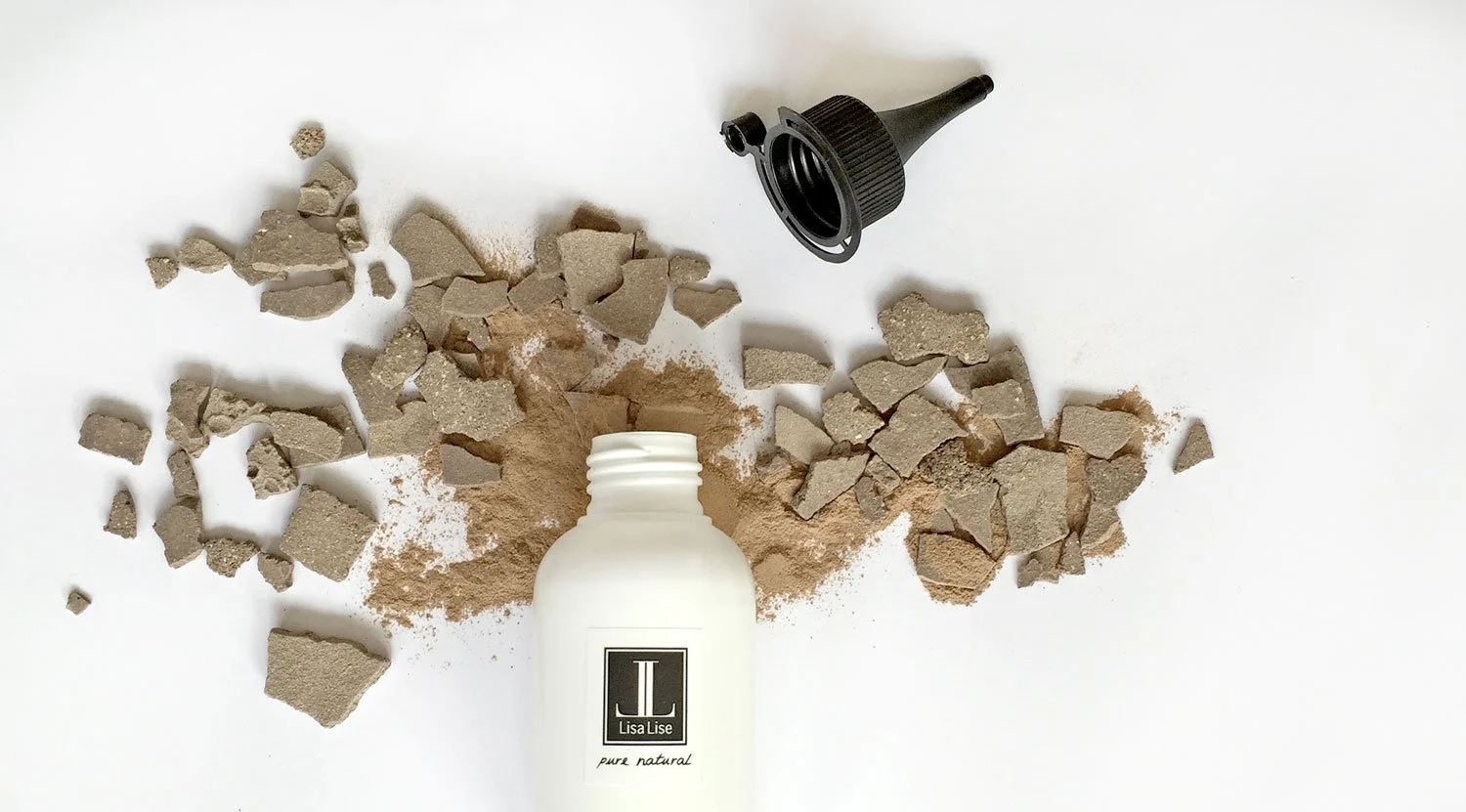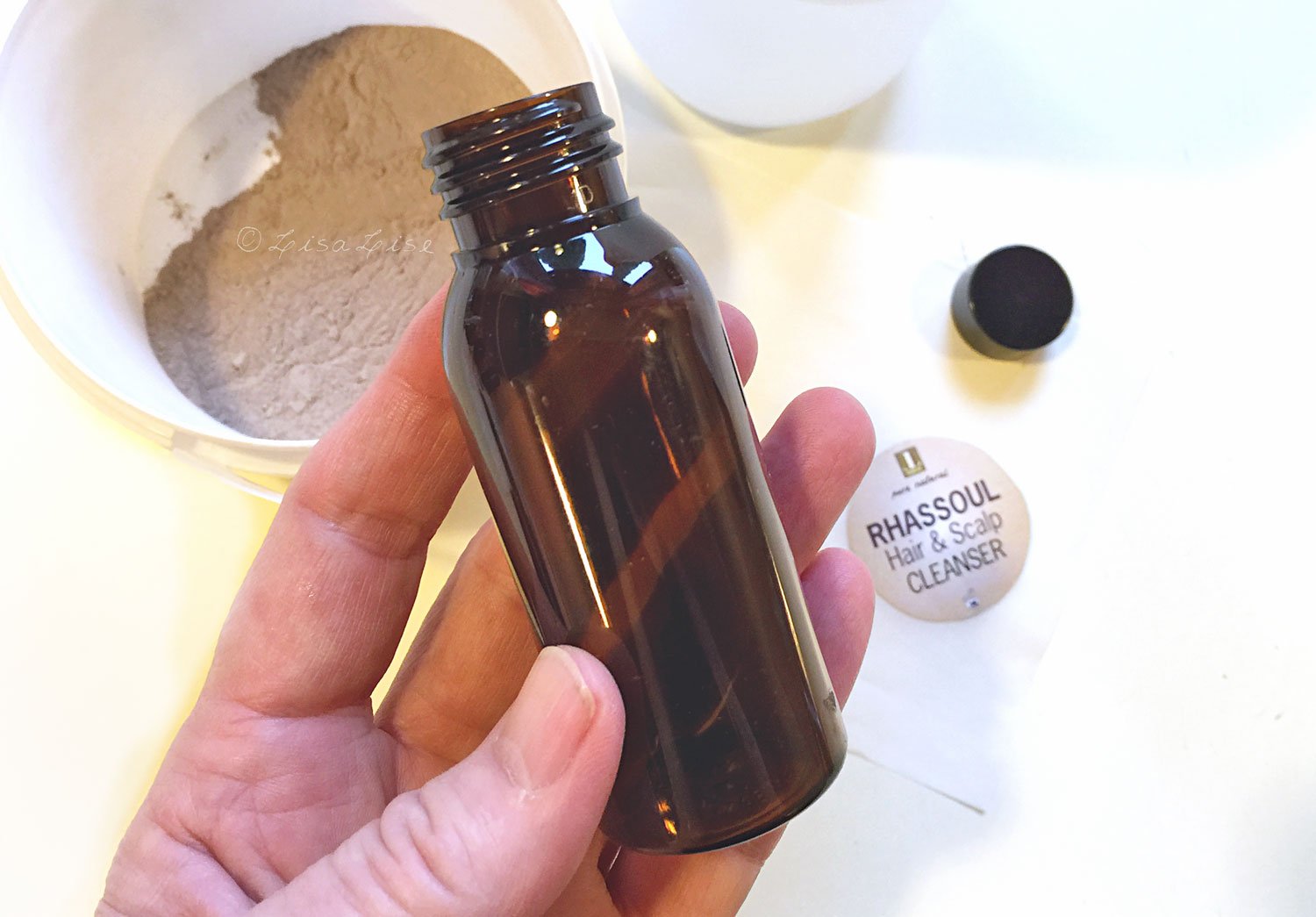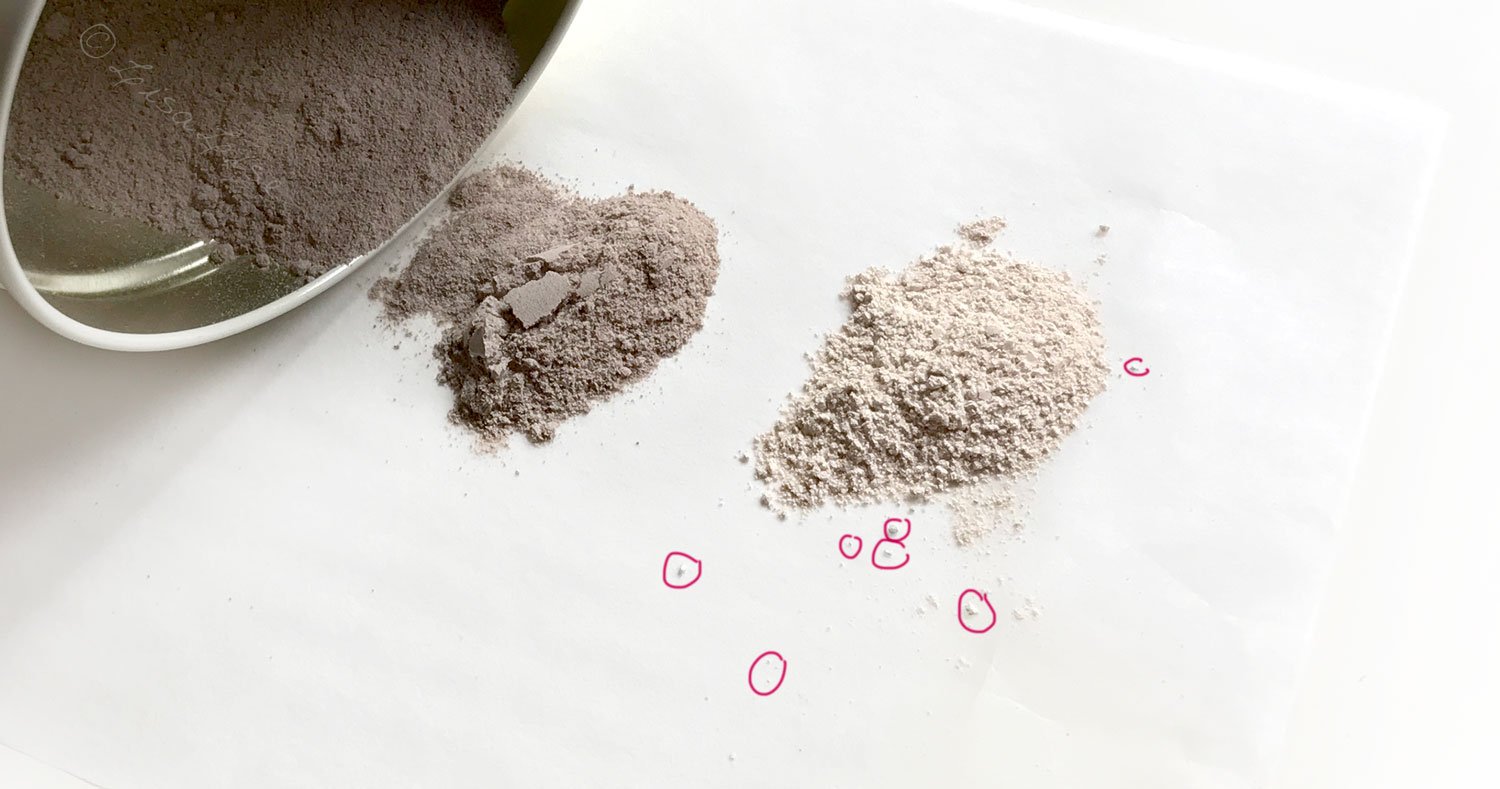How to Wash Your Hair With Rhassoul Clay
Lise
If you're a green beauty purist, you may prefer making all your own personal care products using minimally processed ingredients. And even though it means full control over every ingredient and process, going the purist route can sometimes be laborious, fiddly, and time consuming.
But not today.
Today, we're going to make a purist-friendly, environmentally-friendly, instant hair wash that is suitable for all hair types.
You: All hair types, Lise?? From thin, straight fly-away hair to super curly 4c hair?
Me: Yup.
Although this may sound impossible, I have yet to hear from anyone who has tried this and didn't find it effective for their hair - regardless of hair type. If you do give this a try, I’d love to hear your feedback.
Here's the coolest (and most purist) part of this whole exercise: you only need one ingredient.
Rhassoul Clay
This is also known as Moroccan Lava Clay, Ghassoul, and Moroccan Soap Clay.
There's a reason it has earned the name 'soap clay'. Not only will this rather boring-looking brown substance cleanse your hair and scalp effectively, it's recommended to help prevent dandruff. And if you have a tendency to itchy scalp after using a normal shampoo, prepare for non-itchy scalp bliss.
Are you ready to give it a try?
Tools and ingredient
Rhassoul clay (in powder form! The chunks shown above may look great but they are fiddly to work with)
Scale
Small bottle (50-60 ml) for short to medium long hair
Large bottle (75-100 ml) for long, thick hair
Tip: A dispenser cap will make application easy. Check the cap pictured at the top of this post.
Extra things you might want
Your own label (cuz you're awesome at making instant hair wash and want to show it off)
How Much Rhassoul
Depending on your hair type, the amount needed for a single application ranges from about 5-6 grams (approximately a teaspoon) to about 20 grams (approximately 2 tablespoons).
For short, fine hair, 5-6 grams does the job.
If your hair is thick, super-curly, and long, you'll probably be needing the max amount – about 20 grams.
The specific amount that works best for your hair will come down to a bit of trial and error.
Method
Place a piece of non-stick paper on the scale
Weigh the necessary portion of rhassoul for a single application
Transfer the rhassoul to your empty bottle
Apply your own label (if you so desire)
You now have a ready-to-go handy dandy hair wash in a bottle. All you need to do is add water when you want to wash your hair.
Mixing For Use
Add water to the bottle until it is 4/5 full.
Shake vigorously to disperse the rhassoul.
Your hair wash is ready to use.
Tip: Do not add water until immediately before use as there is no preservative!
How to Wash Your Hair With the Mixture
Wet hair
Apply the rhassoul mixture directly to the scalp
Work the mixture around the scalp and to the tips of the hair
Let sit for a minute or 2
Rinse thoroughly
Dry and set hair as usual
Note: The liquid will feel a little 'slippery' on the scalp and will not make any suds. Even though it doesn't lather, it will cleanse both hair and scalp.
Tips
This hair cleanser can take a bit longer to rinse out than 'normal' shampoo, so don't rush when rinsing.
Depending on your hair type, you may find your hair has no need of conditioner.
For extra soft and shiny hair, add a splash of vinegar to the water when preparing the mixture for use.
Allow the bottle(s) and lid(s) to dry completely before next use.
Enjoy!
Where to Get Rhassoul Clay
Aroma Zone (France)
Mountain Rose Herbs (USA)
New Directions (Australia)
The Soap Kitchen (UK)
Soap and More (Canada)
Skin Dewi (Jakarta)
Do Tell
Feel free to share your experiences with this hair wash by dropping a comment below and remember to include your hair type.
If you prefer making shampoo bars, there’s a book in a shop to show you how. Click the picture below to learn more.






















